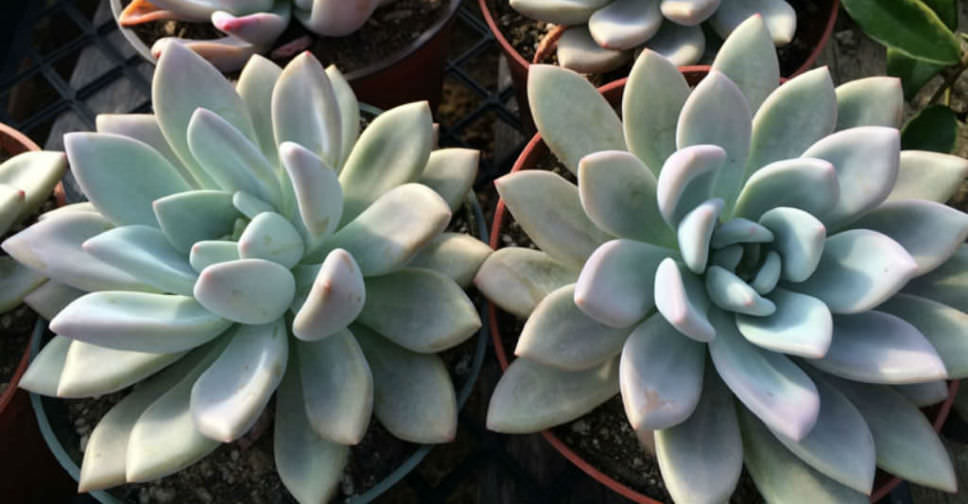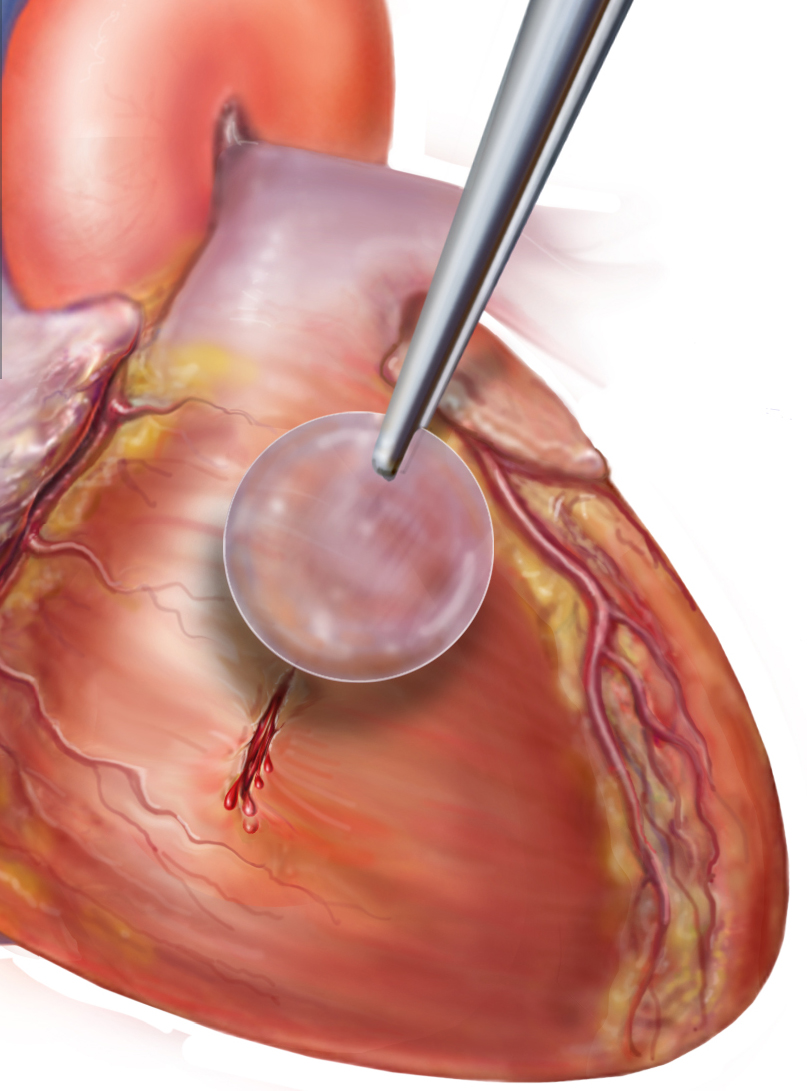Table of Content
In addition to the 1% Guarantee fee for a USDA loan, standard title fees, title insurance, taxes, home insurance, and other potential closing costs will apply to your home purchase. You will see these fees listed in the initial loan estimate for your USDA home purchase loan. With a USDA loan, you get favorable loan terms at the cost of flexibility. You don’t have the freedom to purchase a home anywhere with USDA loans, and that may be a problem for some buyers. There are also income limits that may act as a barrier to entry for some home buyers. That being said, USDA loans are a good way to secure funding to purchase a house with minimal money down and lower interest rates.
Yes, USDA loans are eligible for refinance into another USDA loan or a conventional conforming loan. The USDA Streamline Refinance Program waives income and credit verification so closings can happen quickly. You can finance 100 percent of the home price with a USDA loan. However, if you do decide to make a down payment, you can lower your monthly mortgage payments and potentially afford a more expensive home. Most mortgage lenders require a minimum credit score of 640 to qualify for the program. USDA mortgage insurance rates are lower than those for conventional or FHA loans.
To Apply
Department of Agriculture as part of its Rural Development Guaranteed Housing Loan program. USDA offers financing with no down payment, reduced mortgage insurance, and below-market mortgage rates. USDA loans are zero-down-payment, low interest rate mortgages. The United States Department of Agriculture guarantees the loans. They help very low-to-moderate income buyers become homeowners. The home must be in a rural area, which the USDA defines as having a population under 35,000.
Seller concessions may include all or part of a purchase’s state and local government fees, lender costs, title charges, and any number of home and pest inspections. Beyond that, the USDA loan isn’t all that different from other mortgage programs. The repayment schedule doesn’t feature a “balloon” or anything non-standard, the closing costs are ordinary, and prepayment penalties never apply.
Understanding the USDA Home Loan
The typical loan term is 33 years, but loan terms can be for as long as 38 years. Individual lenders determine the interest rates they're willing to offer borrowers on these loans, so it's important to shop around. The guaranteed loan can be used to buy, construct, repair, renovate, or relocate a primary residence.
That's the nitty-gritty of everything concerning USDA home loans. It's a great program for those in need, although there are strict requirements so only those who need it the most get it. Total Mortgage has mortgage experts standing ready to help borrowers across the country. The homebuyer must intend to live at the property as their primary residence. The potential borrower’s credit profile must be deemed acceptable, including a credit score of at least 640. In some cases, the credit score requirement could be as low as 581.
Loans
USDA provides homeownership opportunities to rural Americans, and home renovation and repair programs. USDA also provides financing to elderly, disabled, or low-income rural residents in multi-unit housing complexes to ensure that they are able to make rent payments. The USDA Rural Development loan is meant to help moderate to low-income families get access to housing and mortgage loans in some of the less densely populated parts of the country.
A USDA loan is a great option for buyers with moderate or low income. It lets you buy a house with no money down and low mortgage rates — two huge benefits that only one other loan program offers. If your home is in an eligible area, it’s worth exploring a USDA-guaranteed loan. The main drawback is that USDA loans require mortgage insurance for the life of the loan. So if you can make a 20 percent down payment, you might prefer a conventional loan with no mortgage insurance payment. Eligible applicants may purchase a dwelling in a qualifying rural area, and may be able to receive up to 101% financing.
In contrast, a conventional mortgage could potentially be used to purchase an investment property, for example. Conventional loan products are still the most popular type of mortgage for American homebuyers, but USDA loans cater to a specific demographic. There are some critical differences between the two different mortgage types.
VA Loans can offer 100% financing in some cases, but they are reserved only for military veterans, active service members and surviving spouses. However, they will generally require a down payment of at least 3.5% of the home’s value. USDA loans can be secured and the borrower won’t be required to pay any down payment on the property. The down payment and high interest rates are often the largest obstacles for lower-income buyers to overcome. Rent, utilities, transportation, and insurance costs can quickly eat up a paycheck, leaving little to no extra for savings. Even if they’re able to scratch together a small down payment, the smaller down payment may result in exorbitant interest rates to protect the lender’s interests in case the borrower defaults.
With the help of a USDA loan, owning a home in a rural part of the country might be more accessible than you think. In fact, according to the Consumer Financial Protection Bureau, close to 165,000 people applied for a USDA loan in 2020. If you’re already living in a less populated area or considering buying a home away from the city, you may qualify for a USDA loan with below-market interest rates without needing a down payment. If the property being purchased is not appraised at or above to amount of the purchase price of the home, you will be responsible for the difference. USDA loans allow you to borrow up to 100% of the value of the property, but not more.

If any of the above mirrors your situation or finances, a USDA loan might be the perfect option for you and your family. Have you always dreamed of living in the country but thought it was too much to afford? Or maybe you’d like to live in the outer lying areas of the suburbs, but you can’t quite qualify for a standard mortgage. An acceptable credit history, with no accounts converted to collections within the last 12 months, among other criteria. If you can prove that your credit was affected by circumstances that were temporary or outside of your control, including a medical emergency, you may still qualify.
By enabling homeownership, the USDA helps create stable communities for households of all sizes. Many USDA-approved lenders don’t even list the USDA loan on their loan application menu. So if you think you’re eligible for a zero-down USDA loan, it’s worth asking your shortlist of lenders whether they offer this program. USDA rates are typically only matched by the VA loan, which is exclusively for veterans and service members.

It’s only accessible through the department’s approved lenders. The system is also used to check that your income and property are acceptable. The mortgage will become covered or issued by the Dept. of Agriculture. But the income threshold considered for this loan is different per region. Applicants for this loan are those who don’t qualify for an affordable mortgage.
Yes, the USDA loan program can be used to make eligible repairs and improvements to a home. This may include replacing windows or appliances; preparing a site with trees, walks, and driveways; drawing fixed broadband service to the home; and, connecting water, sewer, electricity, and gas. The only exception is for very-low-income borrowers, who may qualify for a USDA Direct home loan.
The first type is a loan guarantee where the loan is given by a local lending partner, but it's backed by the government. They don't require a down payment and come with very little interest. However, if you can provide a down payment, then you can avoid paying a mortgage premium. Prospective borrowers might also want to research eligibility requirements, particularly in terms of income limits and the area where they’re looking to buy. If you are wondering how to qualify for a USDA loan, something to bear in mind is that the property must be located within the confines of the government’s eligible rural areas.
No comments:
Post a Comment